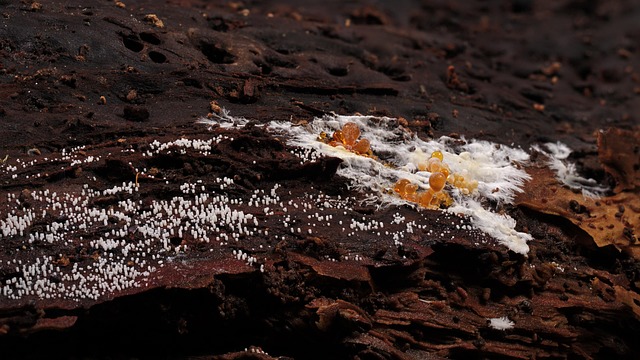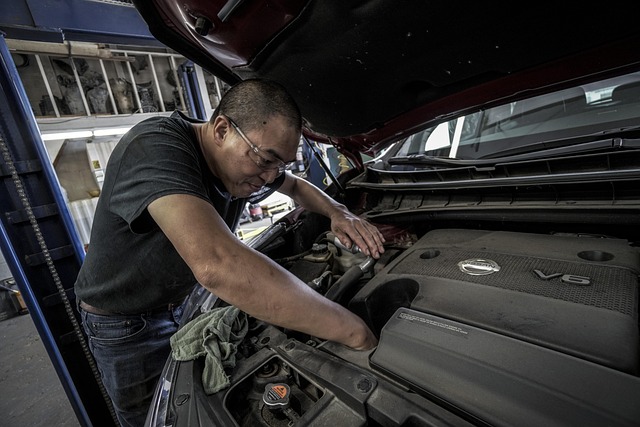In humid regions like New Braunfels, homeowners are at risk of indoor air quality issues due to mold growth. Regular inspections and air quality testing are essential for early detection, preventing health risks and structural damage caused by mold. By identifying moisture sources, improving ventilation, conducting professional tests, and engaging remediation experts, residents can effectively address high humidity and mold growth problems in their homes.
In the humid clime of New Braunfels, high moisture levels can breed severe mold growth issues within homes. Understanding how mold proliferates in such environments is paramount for homeowners and professionals alike. This article delves into the intricate relationship between high humidity and mold growth, highlighting the pivotal role of air quality testing in effective mold inspection. Additionally, it provides a comprehensive guide to addressing these pervasive problems, empowering readers with knowledge to maintain healthier living spaces.
- Understanding Mold Growth in High Humidity Environments
- The Role of Air Quality Testing in Mold Inspection
- Comprehensive Steps for Addressing Mold Issues in New Braunfels Homes
Understanding Mold Growth in High Humidity Environments

In regions with high humidity, like New Braunfels, homeowners often face unique challenges when it comes to indoor air quality and mold growth. This area’s climate creates an ideal environment for mold to thrive, leading to potential health risks and structural damage. High humidity levels provide the perfect moisture balance for mold spores to germinate and multiply, quickly turning into a significant issue if left unaddressed.
Mold inspection and air quality testing are crucial steps in identifying and mitigating these hidden dangers. Homeowners should be vigilant, especially in areas prone to excessive moisture, such as basements, bathrooms, and kitchens. Regular inspections can help detect mold growth early, preventing extensive damage and ensuring a healthier living environment.
The Role of Air Quality Testing in Mold Inspection

Air quality testing is a crucial component of thorough mold inspections, especially in regions like New Braunfels where high humidity levels can breed severe mold growth issues in homes. By taking samples of the indoor air, experts can identify not only the presence but also the types and concentrations of mold spores. This data allows for a more comprehensive understanding of the extent of the problem and guides tailored remediation strategies.
Furthermore, these tests help distinguish between indoor and outdoor sources of moisture, which is vital in pinpointing the root cause of mold problems. In humid climates like New Braunfels, it’s not uncommon for excess moisture to infiltrate homes through various entry points, leading to a conducive environment for mold proliferation. Air quality testing coupled with a thorough inspection can uncover these hidden sources, ensuring effective and lasting solutions are implemented to mitigate both current and future high humidity-related mold growth issues.
Comprehensive Steps for Addressing Mold Issues in New Braunfels Homes

In addressing high humidity and mold growth issues in New Braunfels homes, a comprehensive approach is essential. The first step involves identifying the source of moisture, as mold thrives in humid environments. Homeowners should inspect for leaks in pipes, roofs, or windows, and promptly address any issues to prevent ongoing water intrusion. Regular ventilation is key; ensure attics, bathrooms, and kitchens are well-ventilated to reduce humidity levels.
Next, conduct a thorough mold inspection using professional air quality testing kits. These tools can detect microscopic mold spores, helping pinpoint hidden growth areas. Once identified, affected areas must be thoroughly cleaned and sanitized with appropriate mold remediation techniques. For severe cases, consider engaging specialized professionals equipped with advanced equipment and training to ensure safe and effective removal of mold and its spores.
In light of the above discussions, it’s clear that addressing high humidity and mold growth issues in New Braunfels homes requires a multi-step approach. By understanding mold growth in these environments and leveraging air quality testing as a crucial tool during inspections, homeowners can effectively mitigate potential health risks. Following comprehensive steps to address mold issues promptly ensures a healthier living space for all residents.
